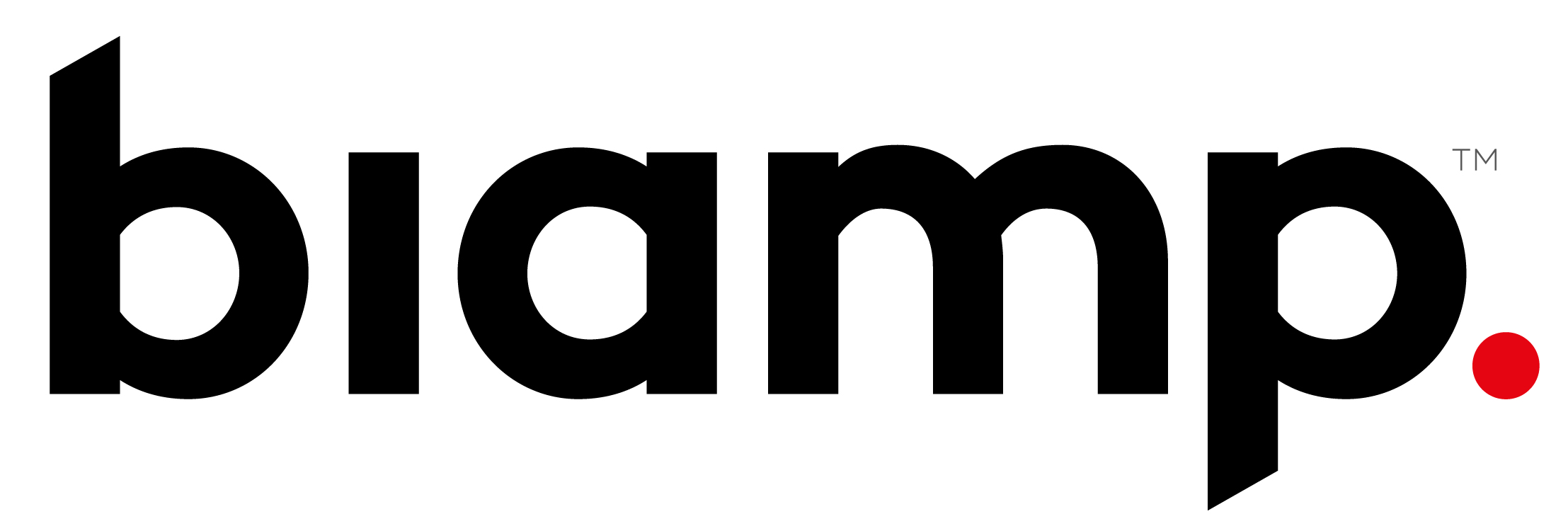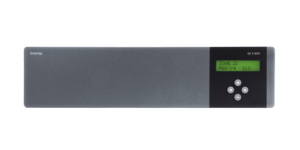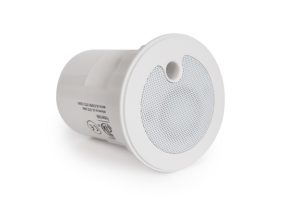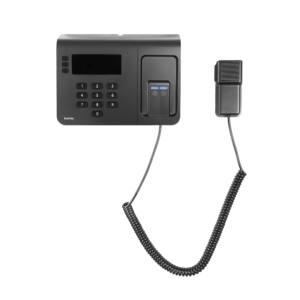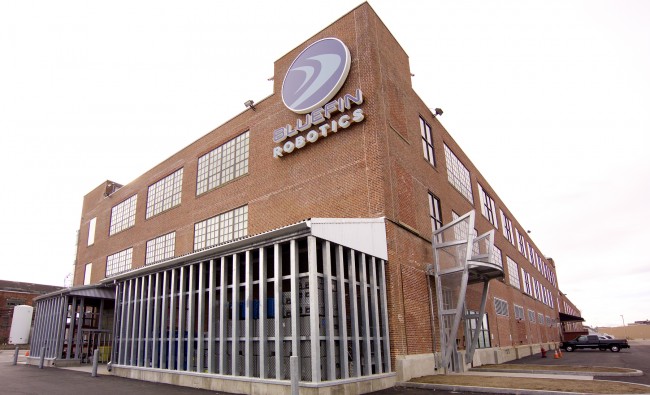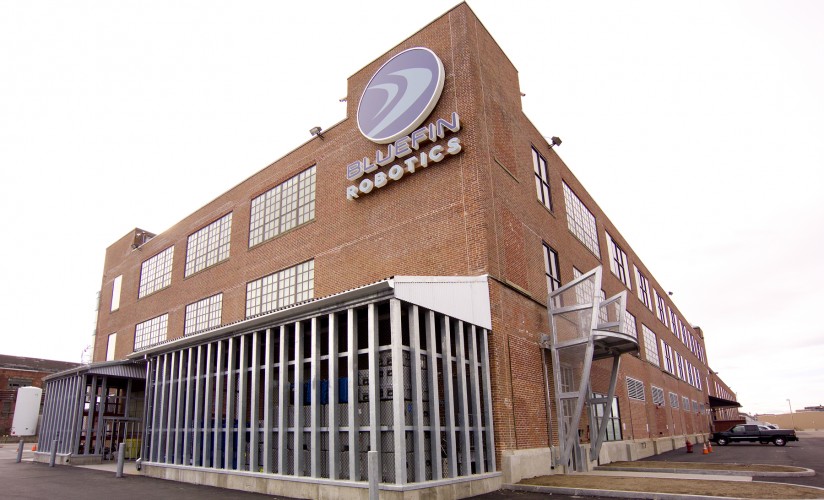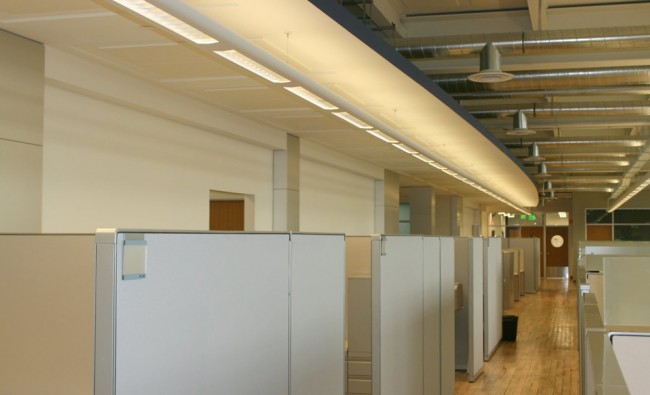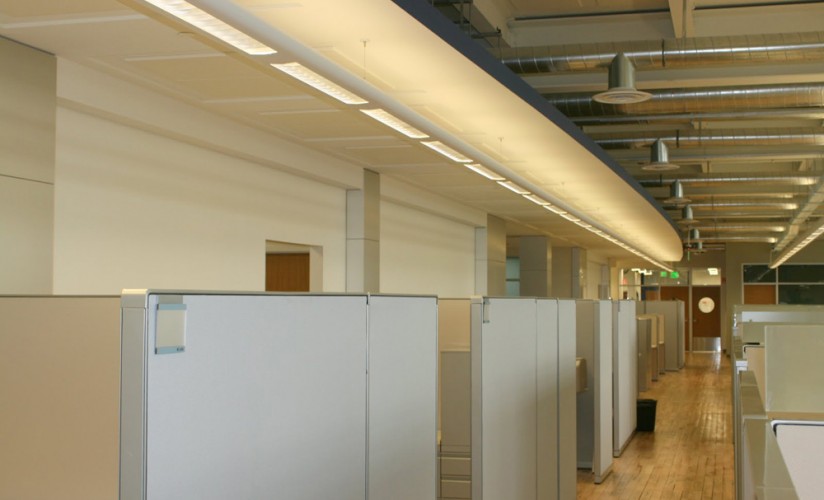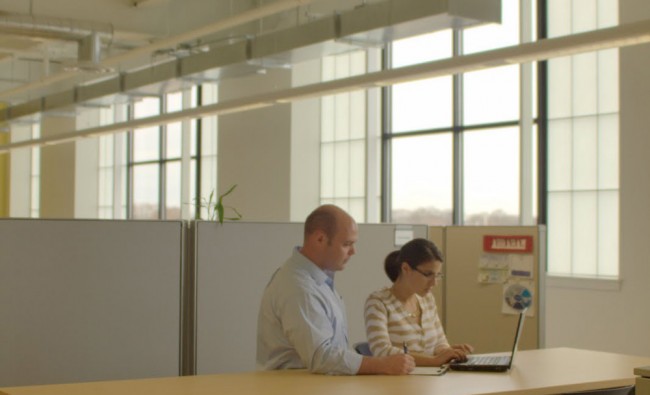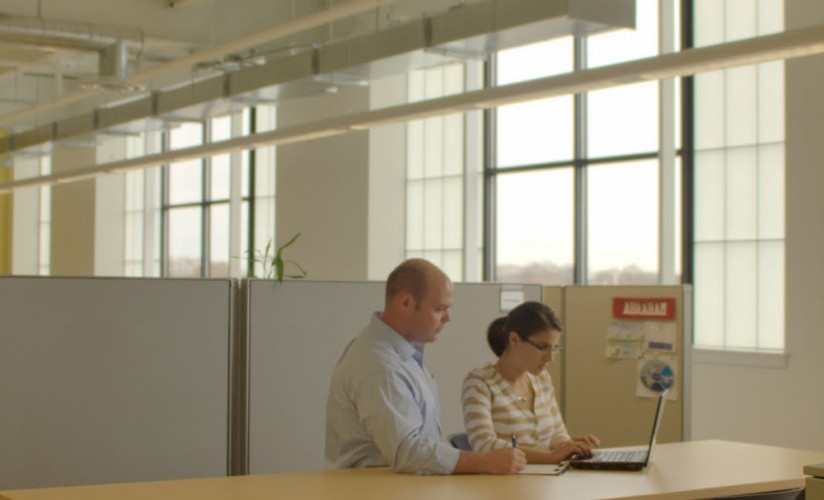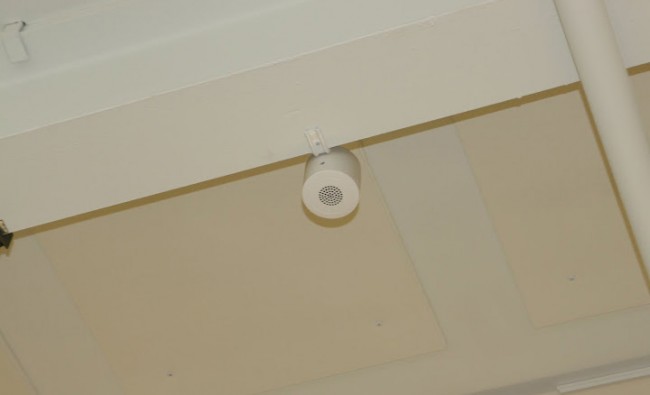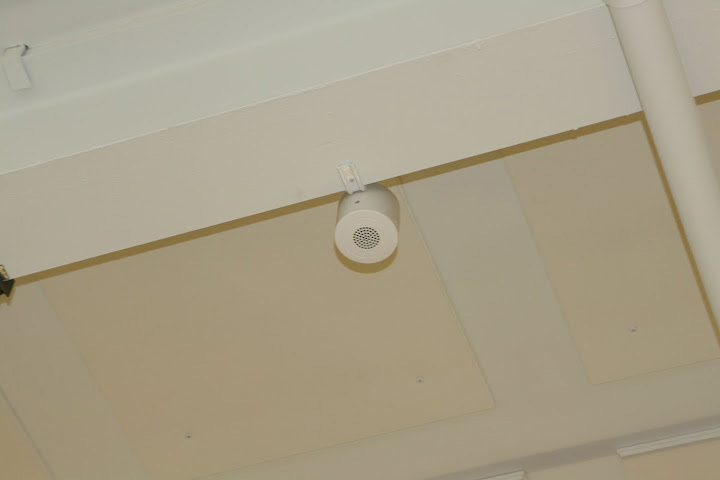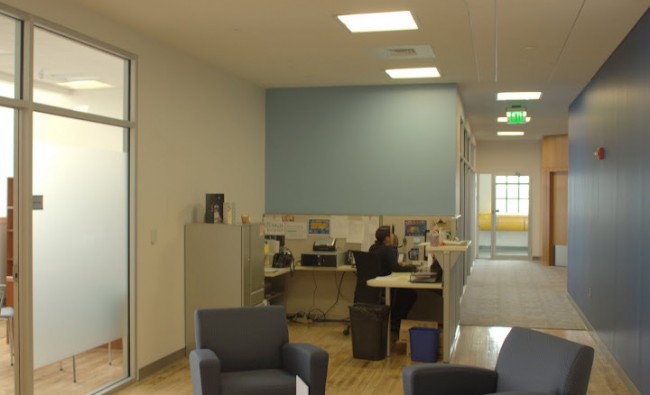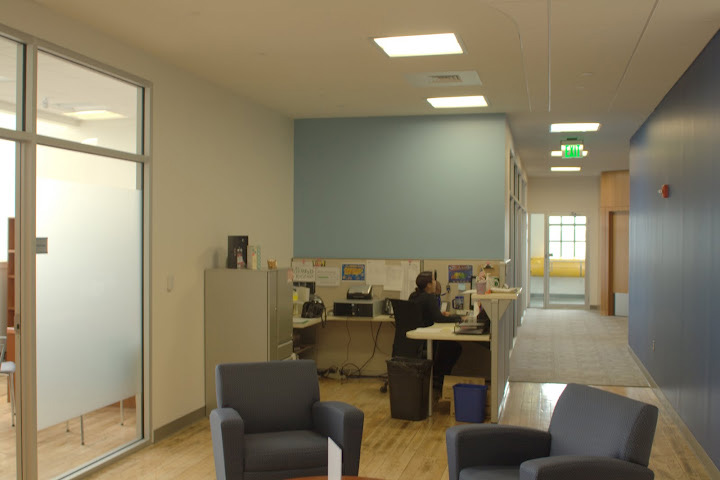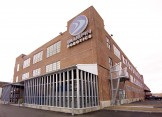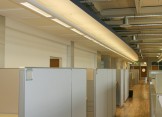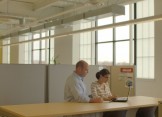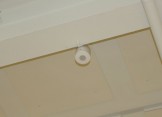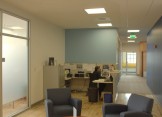Bluefin Robotics
Challenge
Design decisions for a growing company
Bluefin Robotics, a designer and manufacturer of undersea robots, prepared to move its company headquarters from Cambridge, MA to a larger facility in Quincy, MA. The new space, a 54,000 square foot former shipyard warehouse, would better support Bluefin’s growth.
The facility featured exposed ceilings, large windows and antique hardwood floors. The space was to undergo a full renovation to suit the many needs of the high-tech engineering and manufacturing company while ensuring productivity for employees of all departments.
Overcoming acoustical challenges
While brimming with character, antique hardwood floors, exposed girder ceilings and full walls of windows posed some acoustical problems. The surfaces were reflective, meaning that sound traveled easily and the space could become noisy and distracting.
Bluefin was determined to alleviate any acoustic issues in its modern, aesthetically-pleasing office. Various acoustical products were incorporated into the design, including sound-absorbing tiles and electronic sound masking.
Sound masking is a uniform, airflow-like background sound added to space via a network of small, ceiling-mounted speakers. This creates a more comfortable environment and prevents many typical workplace sounds, including conversations, from being overheard.
Bluefin maximized installation efficiency and cost-effectiveness by installing the sound masking system during the renovation phase when the ceiling was open and easily accessible.
Solution
Confidence in Qt Quiet Technology™ sound masking
Bluefin employee Lou Quartararo was instrumental in selecting a sound masking system for the new office. He felt strongly that Cambridge Sound Management’s small, direct field Qt Emitters were the best choice for the varied ceiling heights and types of the industrial space. The speakers are easily installed in ceiling tile, plaster, beams or other structural elements.
The size and complexity of Bluefin’s environment required 4 separate sound masking zones, each with unique volume settings. To accommodate these needs, a Qt 600 control module was chosen.
System controls were connected to the Bluefin network. Employee Rik DeLeonardis accessed the Qt 600 from his personal computer and adjusted levels for each zone, noting, “The beauty of the system is that once it’s set, you don’t have to interact with it again.”
Today, the Qt 600 system successfully ensures privacy and productivity in many functional areas of Bluefin’s office, including engineering, finance, administration and other departments, plus public areas adjacent to private spaces. The consistent, unobtrusive background sound is highly effective and barely noticeable.
Results
Increased productivity and functionality at ‘minor’ cost
Bluefin CEO David Kelly acknowledges the Qt Quiet Technology sound masking system as a valuable part of his facility’s design. “The cost of the system was minor to achieve the environment we wanted,” remarks Kelly. Bluefin employees are pleased with the new space and feel that sound masking makes it easier to work collaboratively. Employee Josh Elvander says sound masking contributes to a “functional, professional space” that exceeded his original expectations. Given the intelligent design of the office, he and his colleagues have been able to work very productively. Engineer Robert Panish describes his workspace as “pleasant” and feels that sound masking helps to isolate employees from distracting surroundings. When the system was recently turned off to install new equipment, a software engineer remarked how much he could now overhear, and how much sound masking is needed.
Room for growth
CSM’s sound masking system has been in continuous use at Bluefin Robotics headquarters since November 2010. There are 2 additional zones of capacity remaining on the existing system. Should Bluefin ever need to expand sound masking coverage to other areas, or decide to use the system’s paging and music capabilities, the infrastructure is in place and easily accessible. Bluefin’s experience shows that sound masking, particularly when combined with intelligent design, contributes to a productive workplace. Cambridge Sound Management’s Qt 600 system successfully adapts to even the most challenging work environment.
About Biamp
Biamp® is a leading provider of innovative, networked media systems that power the world’s most sophisticated audiovisual installations. The company is recognized worldwide for delivering high-quality products and backing each one with a commitment to exceptional customer service.
Recipient of the Frost & Sullivan 2018 Global Installed Audio Conferencing Enabling Technology Leadership Award, Biamp is dedicated to creating products that drive the evolution of communication through sight and sound. The award-winning Biamp product suite includes: Tesira® media system for digital audio and video networking, Devio® collaboration tool for modern workplaces, Audia® digital audio platform, Nexia® digital signal processors, Vocia® networked public address and voice evacuation system, Cambridge® sound masking solutions, and loudspeakers for installed sound applications from Community Loudspeakers® and Apart Audio®. Each has its own specific feature set that can be customized and integrated in a wide range of applications, including corporate boardrooms, conference centers, huddle rooms, open floor environments, performing arts venues, courtrooms, hospitals, transportation hubs, campuses, retail, hospitality, military and government, and multi-building facilities.
Founded in 1976, Biamp is headquartered in Beaverton, Oregon, USA, with additional offices around the globe. For more information on Biamp, please visit www.biamp.com.
